High Altitude Ballooning, sixth-form style
We’ve been very keen to see schools set up high altitude ballooning (HAB) projects with the Pi. HAB is a stupendously rewarding and challenging way to get some really good cross-curricular work done, requiring skills in maths, computing, physics, geography and chemistry. So we were super-chuffed to get this email from Samuel Bancroft, a school student from Cumbria. The team also sent me some really excellent video from the flight, which you’ll find at the bottom of the post.
Hi Liz
I’m writing to you to see if you would be interested in writing an article about a sixth-form student high altitude balloon project that was launched on Friday the 28th June.
The project was completed by three students from William Howard School, Cumbria. We are Jake Greenwood(16), Samuel Bancroft(17) and Ben Bancroft(17). We all are currently doing our A-Levels.
The project started when we all came together with the idea of launching our own weather balloon, to gather scientific data. We got our inspiration from our passion for Physics, and by other launches that has been completed by other people, such as Dave Akerman, the first to launch a Raspberry Pi on a high altitude balloon. We started by seeing how feasible the project would be, by planning out how we would complete it, and pricing it up. We then went to our school, and in turn the Ogden Trust, to look to secure funding.
The project was funded by a Royal Society grant of £300, as well as bit extra which was covered between us.
My brother Ben, was responsible for the electronics, and the programming of the flight computer (we used a Raspberry Pi for this). He designed it to continuously take readings from the sensors it carried, and send it back via a radio link. He has experience in this field, and wants to do a Computer Science degree at university, after completing his A-Levels. Both Jake and I want to do a Physics degree.
The balloon was monitored live via the radio link, which was received by many receivers all across the country, and one in Europe which was 425 miles away. This was only made possible because of the UK High Altitude Society (UKHAS), as they helped track our flight which was vital. This enabled us to track the balloon in real time via its on-board GPS, as well as enabling us to get readings from its sensors throughout the flight. The balloon measured gamma rays, UV flux, temperature and pressure. It also carried a video camera.
The balloon made it into near space, at a height of 31,685 metres (103,953 feet). Minimum temperature was at 11km and was -34 deg C.
Something of interest is that at 800m in altitude, the Pi suffered an application crash. However Ben’s code successfully allowed the flight computer to restart and resume operations.
As one of the Raspberry Pi’s main objectives is to promote computer science in schools, I believe our project serves as an excellent example of the Pi’s success.

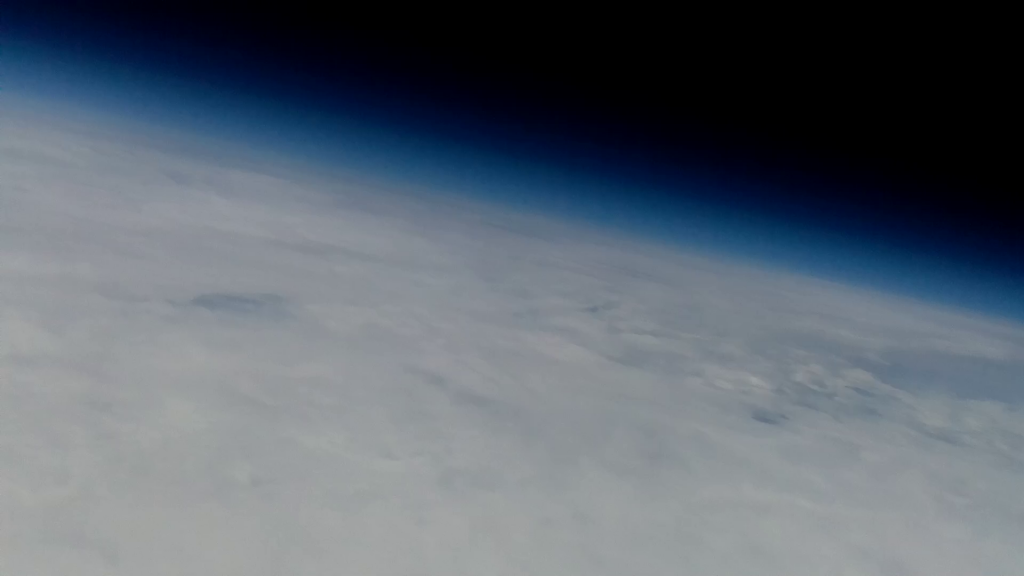
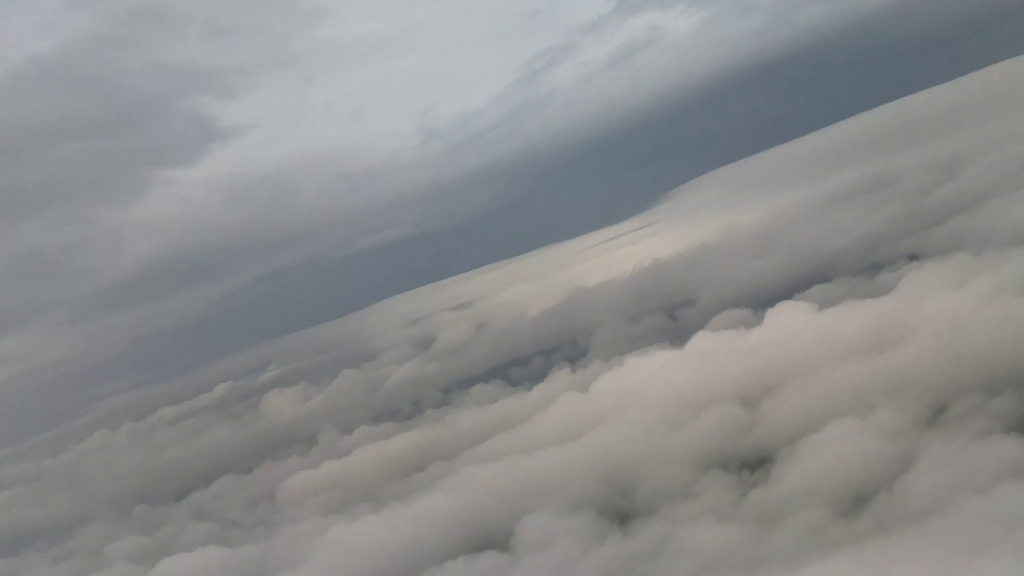
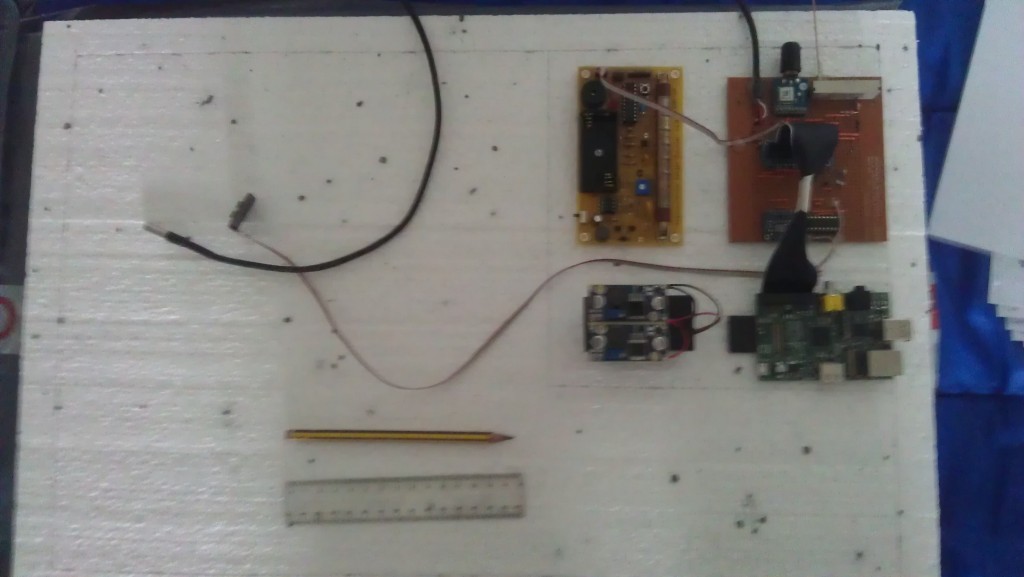





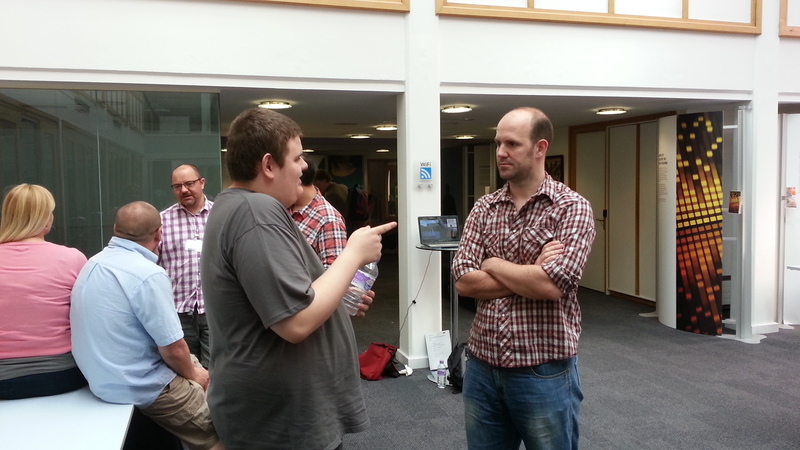
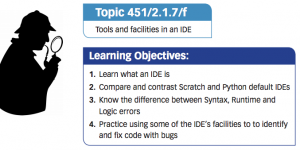
48 comments
Michael Horne
Awesome stuff. Glad to see such young people getting involved with HAB!
Dave Akerman
Indeed, and we (UKHAS) have a younger lad aged 15 who’s well on the way to doing his own flight, again based around the Pi. Always a pleasure to help enthusiastic youngsters.
Malcolm Moreno
Hi, my name is malcolm and I’ m ICT teacher in a secondary school in Santaigo, Chile.
I’ m plaining to launch a bolloon with hopefully some weather data loggers and a tracking system and offer the project to 15 sisteen years old students.
I know there are many ways to do so, from buying the balloon pack including GPS, the balloon itself and every thing all ready made to start from the scratch using arduino or a raspberry pi.
so the question is: could you help us to echieve this??
Thanks a lot
Malcolm Moreno
Dio
This is the sort of project I would have loved to be able to be involved in when I was younger, but it was unthinkable back then. Circumstances do not allow me these days unfortunately.
By the way, which one of you had to to clime the tree to get your gear back – an adventure in itself I should imagine :)
Dio
That should have been ‘climb’ – the problems of accepting google spell check :oops:
mrpi64
I’m not joking, but has anyone sent their Pi up to the moon yet?
Raspberry Pi Staff liz — post author
I don’t think I’ve seen any reports of anyone landing anything on the moon since 2009 – check out http://en.wikipedia.org/wiki/Exploration_of_the_Moon#Recent_exploration.
The Raspberry Pi Guy
I really think that would be a cool thing to do!
The Raspberry Pi Guy
Jim Manley
Check out the NASA Small Satellites for Secondary Students (S4) program (http://s4.sonoma.edu) that I’m involved in where educators are being trained in how to build payloads from sensor, computing and communications subassemblies that are then sent aloft on balloons and rockets. I just participated in the first educator training session that culminated in us launching the payloads we built on 3-inch diameter, five-foot long black powder powered rockets that reached up to 5,000 feet above the ground. Almost all 18 payloads built functioned properly, recording temperature, relative humidity, barometric pressure, 3-axis acceleration, and GPS data on micro-USB cards as well as transmitting the same telemetry live via WiFi to the ground (yes, very directional antennas are involved). In September, I plan to attend an annual international amateur blast-off fest at the same Black Rock playa in Nevada where Burning Man occurs (we’ll be there about two weeks after that ends and the playa is vacuumed and otherwise sanitized for our protection ;) ). Amateur altitude and ascent rate records are smashed every year by rockets upward of six inches in diameter and over 15 feet tall that can climb 70,000 to beyond 100,000 feet. Our S4 payloads are Arduino Uno based, but I’m working on a lighter version based on a Pi Model A with a camera and a single-IC Arduino such as the ATMega 328 used on the GertBoard, etc., integrated with the aforementioned sensors.
Today, 100,000 feet (30,480 meters), tomorrow 238,900 miles (384,400 kms)! :D
Rick Maschek
Hi Jim,
The S4 program sounds great. If you launched at Lucerne I believe your rockets were ammonium perchlorate composite (APCP) powered. Is the event in September ARLISS?
http://www.arliss.org/
or XPRS?
http://www.xprs.org/
Good luck on your next payload and on getting to 238,900 miles (the moon?) someday!
Rick
killor
It’s not easy, but not impossible!
antiplex
another nice ballooning project, congrats!
i’d love to learn more especially about the implementation (hardware+software) of the radio link as i have some ideas on a project where such might come handy… any useful links/resources?
Raspberry Pi Staff liz — post author
I believe Dave Akerman (a hallowed name in these parts) has lots and lots of helpful information on his website, which is linked in the post; UKHAS also do (their site is also linked in the post) – see http://ukhas.org.uk/guides:tracking_guide for starters.
Dave Akerman
I endorse this comment :-)
I get quite a few emails asking how to do HAB, and I generally point people in the direction of the UKHAS wiki. Everything newcomers need is there, aside from a decent index, so it’s a bit of a treasure hunt!
antiplex
thanks a lot for your feedback!
i remember having visited dave akermans website after the last coverage of his HAB project here and taking some notes but didn’t make it to the tracking_guide which provides many answers to my unanswered questions.
Raspberry Pi Staff Gordon
Oh yes,
That’s what you get for reading the blog before going to bed!
Gordon
Andy
“The balloon measured gamma rays, UV flux, temperature and pressure.”
Nice to see these doing more than take nice pictures (though that’s good too)
Are there any links to the results of those?
Dave Akerman
Most flights measure pressure (it goes down with altitude) and temperature (goes down then back up again); the other two are a bit less common. It is good to see people doing some science, and in fact the whole hobby includes many people doing many different things. I tend to go for flying daft creations and then dropping things, and the live imaging; others experiment with different radios or try and get long flights out of tiny payloads. I think it’s great that not everyone does the same thing.
RobV
The more people that do this sort of thing, the more duplication of unnecessary effort simply because they can. We need to find variation that they can pursue. These lads have found some by themselves. And congratulations to them.
One thing I’d like to see is a low altitude balloon that tests payload weight. Having a Pi control horizontally mounted rotors quadrocopter-style means a mini zeppelin. So if people are looking for different things to test, a good place to start would be wind sensors, for strength and direction. Not the same as a weather station on the ground because up in the air your point of reference is no longer fixed. It would get complicated so programming those variables with Pi makes a nice challenge.
I work on a 400 acre property in the Australian bush so the end result would be to ferry things by air allowing me to pushie it around and meet up with the equipment, rather than use a vehicle. Now it would scale up nicely and have serious industrial application if it worked.
AndrewS
I think I read somewhere that if the craft is ‘powered’ (i.e. has rotors / propellers / etc.) then it’s subject to very different regulations than an unpowered balloon.
AndrewS
Yeah, seeing graphs plotted of the data would be really interesting, to see what correlation there is (if any) between the various sensor readings.
Alex Eames (RasPi.TV)
How nice to see some youngsters (hope that’s not a condescending or offensive word) doing a project like this. I’m impressed about the code enabling the Pi to restart from a crash.
It’s very rewarding when it “just works”. Look forward to hearing about your next project guys. :)
Dave Akerman
IIRC that was just a script, started from /etc/init.d of course, that ran the tracker program, then re-ran it if it died. I had a number of chats with the guys before their flight and that was one of the things we discussed.
I’ve found the Pi itself to be extremely reliable – none of them have missed a beat during any of my flights. One did reboot on landing when the impact loosened a battery (I used a holder and generally it’s best to solder them together). It started up normally after that, connected to 3G and proceeded to video stream its own recovery as if nothing had happened!
Raspberry Pi Staff Gordon
Also great beards!
Raspberry Pi Staff liz — post author
Gordon, you have TOTALLY commented on the wrong post.
Dave Akerman
We don’t do beards in HAB; you must be thinking of radio Hams :-)
Actually there are a few Hams that also do HAB, but the use of a shaver is a condition of entry.
paulie
Sadly, our licence conditions on the UK do not permit transmitting from ‘air craft’ – so no HAB APRS on 144.800 :-(
There was one airborne special event station about 20 years ago -a one-off, & nothing since.
Homer Hazel
Will everybody make fun of me if I ask for an explanation of sixth form?
Alex Eames (RasPi.TV)
16-18 year-olds.
Simon D
“Suitable for children of all ages”, so that counts us in.
Simon D
16-18 year olds. Name derived from the secondary school system where children goto “big school” at 11.(was governed by the 11 plus).
There they start as “first formers”. Then a few years later they do GCSEs at 16. Was O-levels/CSEs.
If the child wants A-levels (precursor for degree) they do 2 years in “6th form”: “lower 6th” and “upper 6th”.
Homer Hazel
Thank you. Sometimes Great Britian English is very different from American English.
Jim Manley
Oscar Wilde observed that, “We have really everything in common with America nowadays, except, of course, language.”, and George Bernard Shaw observed much later that, “The United States and Great Britain are two great countries separated by a common language.”
Martin Watts
Nice work. My daughter is about to start a BTEC in IT and the college is planning a similar experiment. The tutor showed us the Raspberry Pi, the first I saw in the wild, I’ve noe bought one to get her interested in programming & projects.
don isenstadt
really great videos.. I was especially intrigued by this comment:
“Something of interest is that at 800m in altitude, the Pi suffered an application crash. However Ben’s code successfully allowed the flight computer to restart and resume operations.”
did the pi freeze and then the other computer reset it? so was there some sort of heartbeat signal between the flight computer and the pi? I found that interesting.. especially since I have pi’s that occasionally freeze up and it would be nice to develop a mechanism to automatically reset / restart them..
Raspberry Pi Staff liz — post author
My (rather quotidien) suspicion is that a battery connection shook loose and then reconnected. Always worth soldering them in if you’re going to do anything that moves around a lot!
Dave Akerman
Yes, definitely solder them. I solder the batteries together ad then to a JST socket (as used in model helicopters etc) which make a nice solid high-current connection that can be plugged in to the tracker shortly before flight.
Battery holders are a really bad idea. On landing the batteries can push against the springs, which give a little bit, then the other end breaks contact and the processor reboots. Of course all the software /should/ then start up as normal but it’s best not to take that risk, plus you’ll lose whatever data was about to be stored at the time (image, telemetry log, etc.).
People worry about soldering Lithium cells in case they create a Dreamliner-like incident, but use flux and hot iron with a large bit and it’s just fine.
Dave
Andy
Apart from having to look up quotidien (and finding Wiktionary spells it with an a), why do you find yourself suspecting this on a daily basis?
Could it be that you live near a railway line, and the 7.30 from Kings Cross is unduly earthquake-like?
Curt Carpenter
Magnificent — well done!
tom
:):) was very funny … who knows how many others application for that nice small pc ;)
Joshua Braithwaite
This is amazing! Does anyone know how they were able to transmit that far? I’m looking at building something similar (but on the ground) that records data in the Australian bush and sends it to a base station a couple of kilometres away.
Dave Akerman
Line of sight.
Although we only use 10mW transmitters (because that’s all we’re allowed to use in the UK from an airborne device), the balloon can be tracked from a long distance away because there’s nothing between it and the receiver to block the radio waves.
If you don’t have line of sight, you need power. Possibly lots of it.
In your case, a couple of radio modems say around 1W with aerials up on poles may well do that sort of distance. Depends on how flat the land is.
Marc
Use a directional antenna on the ground station as well, preferably one that can be pointed. Other Pi projects concerning the automatic steering of the receive antenna on the ground to track the “Pi in the sky” come to mind.
What fun awaits …
KA9Q
Nice work! What did you do for power? The Pi is a great platform, but it’s a bit weak in the electrical power department. I’d avoid the USB connector and solder the supply directly to the board, and I’d probably bypass at least the 3.3V linear regulator with a switcher to improve efficiency. The Pi was designed mainly to teach programming, so I guess power consumption wasn’t a big issue.
Rothariger
Hi,
what about the temperature problem?
there was only -32°C? i was thinking that was much more cooler.
thanks for the info!
dias
Great article. I will be dealing with many
of these issues as well..
Jenny Doré
Hey there, thought I’d share my high altitude project with you, please take a look at my film below, and the launch for Zoo magazine with the massive support of David Akerman!
I’m sure he can help me explain the technical genius behind it, since we were using his state of the art trackers! Hope you enjoy, please share etc :) Jenny
http://www.youtube.com/watch?v=o_U57ow-NHs&list=UUUm6Y1TgZdVfrkNTkOMTpfQ
Constantin
Great work.
I as a student currently working on a similar project.
Does anyone have any idea what pressure sensor did you use?